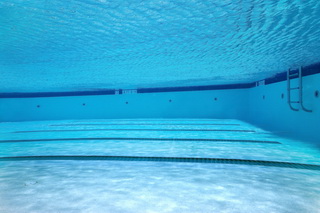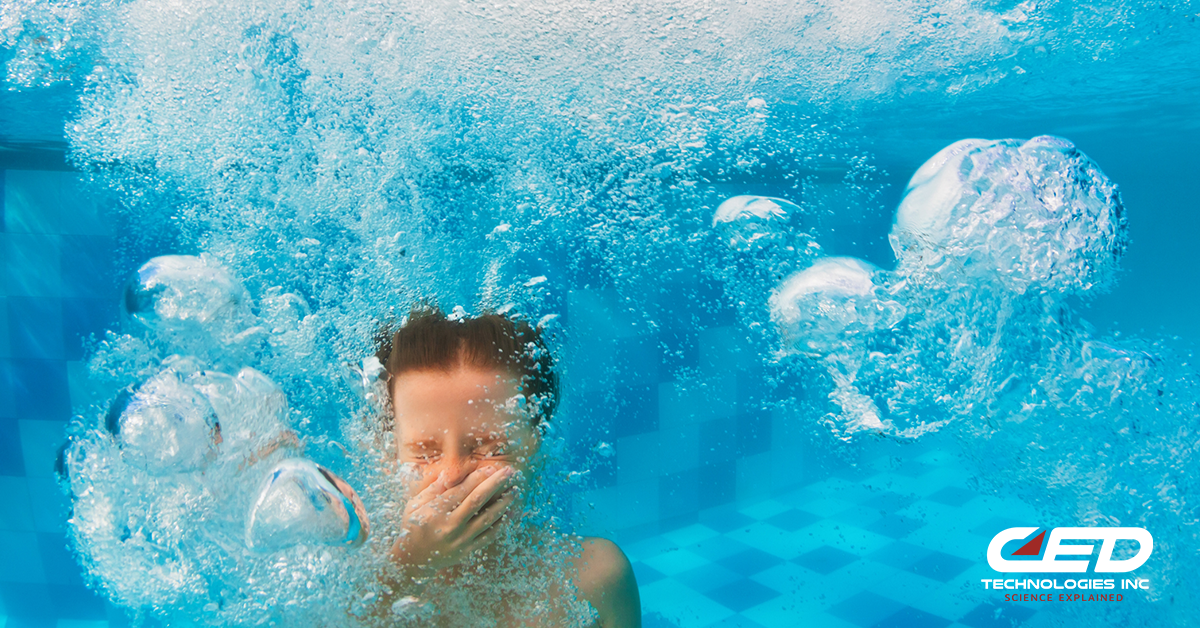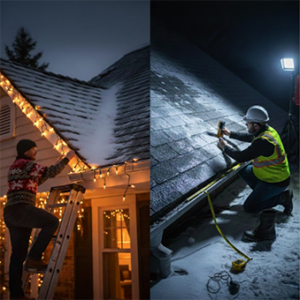Based on published information by the National Center for Injury Prevention and Control (NCIPC), each year approximately 6,500 people die from drowning in the United States and an estimated 140,000 persons drown worldwide.
Based on past record, about 75% of all drowning fatalities are males and drowning is the second leading cause of injury related death for children between 0 and 14 years of age. For each of the 1,000 children that drown, four are hospitalized for near drowning (American Academy of Pediatrics), and one out of the four near drowning cases suffer severe, permanent neurological disability (Foundation for Aquatic Injury Prevention).
For children ages 1 to 4 years, 80% of drownings occur in backyard swimming pools or spas.
Operating a Swimming Pool is an Immense Responsibility
Water safety is fostered with keen due diligence to:
1) Facility maintenance and infrastructure compliance with accepted standards;
2) Quality lifeguard staffing and training; management commitment to safety by consistent policy and appropriate financial/resource support.
1) Facility Maintenance and Infrastructure Compliance with Accepted Standards:
a) Inspect pool and deck for cracks; inspect for sharp edges, pinch points, loose parts and any other potential injury points;
b) Check diving board, hardware and anchoring points;
c) Have “No Diving” signs posted along sides of pool that are less than 8’ deep; check that depth and geometry of pool in diving area meet standards; rope off diving area to separate swimmers from divers; check that depth markings are appropriately displayed;
d) Check that decks, horizontal pool surfaces, underwater steps, and ladders have non-skid surfaces;
e) Reference chapter 680 of the National Electric Code for all wiring, audio, and lighting standards. Inspect electrical wiring, check for corrosion of conduits, enclosures and proper grounding;
f) Check for proper “bonding” (grounding) of pool ladders and hand rails and any metal surface within 5’ of the pool edge, but less than 12’ above the deck;
g) Inspect underwater lighting and circuits to deck lighting, and pumps; test ground fault circuit interrupter (GFCI) for proper operation; receptacles must also be GFCI protected; no receptacle to be within 10’ from pool edge; check that above grade lighting fixtures are in compliance code standards;
h) Maintain proper water chemistry (pH and chlorine levels) to prevent Recreational Water Illnesses (RWI’s); follow the Center for Disease Control (CDC) guidelines, (see: www.cdc.gov/healthyswimming/twelvesteps.htm);
i) Maintain appropriate barriers around pool perimeter: covers, fences and gates around pool must be of approved design to prevent unauthorized entry; follow the U.S. Consumer Product Safety Commission guidelines for safety guidelines for pools (see: www.cpsc.gov). Be wary of suffocation hazards associated with solar covers;
j) Review local codes or standards;
k) Inspect submerged intake guards for potential hair entrapment;
l) Inspect intake guards for compliance with ANSI A112.19.8 to prevent bowel evisceration;
m) Inspect the facility for any other apparent unsafe conditions;
n) Ensure that the necessary rescue equipment such as back boards, neck braces, rescue poles, first aid kits, etc., are available and ready for use. Reference latest Red Cross Lifeguard Training Manual and review requirements with lifeguard staff for further details.
Note: The National Spa & Pool Institute (NSPI) (www.nspi.org) publishes recommended Pool Maintenance guidelines to both prevent injury and provide proper performance (reference ANSI/NSPI-1 2003).
2) Effective Supervision: Quality Lifeguard Staffing and Training; Management Commitment to Safety by Consistent Policy and Appropriate Financial/Resource Support;
a) Have all lifeguards trained by Red Cross or equivalent standards for CPR and advanced first aid. Statistics published by the Center for Disease Control document that a trained lifeguard will successfully respond to rescues and avoid tragedies for 98 out of 100 rescues attempted.
b) Establish normal operation plan. Have operation plan and specific responsibilities assigned to each staff member. Lifeguard stations should be established with different zones of responsibility when prompted by good standards of practice. It is recommended that a detailed work description be prepared by the aquatic’s director and each staff member should review and sign the document stating that they have been informed and understand their responsibilities;
c) Never allow young children to be left alone in and around the pool for a moment. Make sure an adult is always present.
d) Post Pool Rules clearly and in a conspicuous location in the pool area; establish a bold lettered policy that the lifeguard on duty is not to be distracted by patrons and that the lifeguard has complete authority to enforce rules of the pool and to remove patrons that do not comply with pool policies. Reference Red Cross lifeguard training manual for suggested Pool Rules listing;
e) Prohibit glass containers and limit alcohol consumption;
f) Post a sign establishing the maximum pool occupancy;
g) Never rely on flotation devices or swimming lessons to protect a child. Twenty-five percent of all drowning victims have had swimming lessons.
h) Establish an emergency plan so lifeguards and other employees know what to do in the event of a pool facility emergency. Rehearse plan with local police, fire, and ambulance workers. Keep a telephone outside the pool area; post the 9-1-1 emergency number on the telephone;
i) Establish accident reporting policy;
j) Establish a lightning storm pool closing policy.






